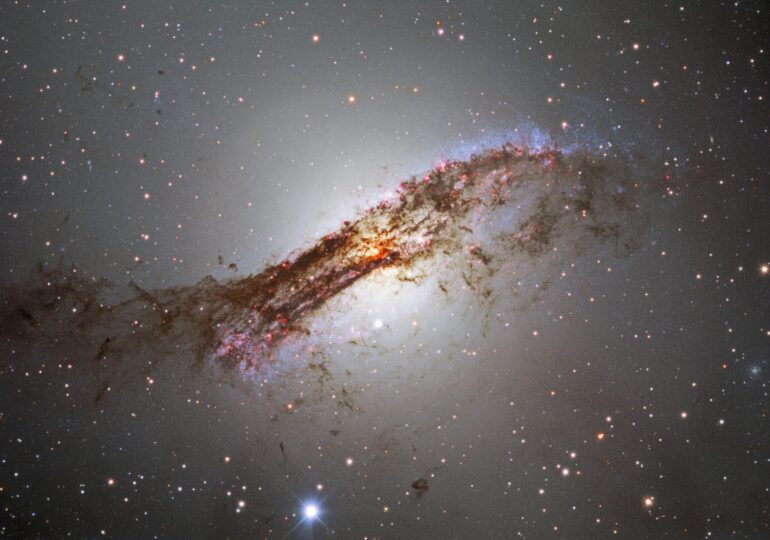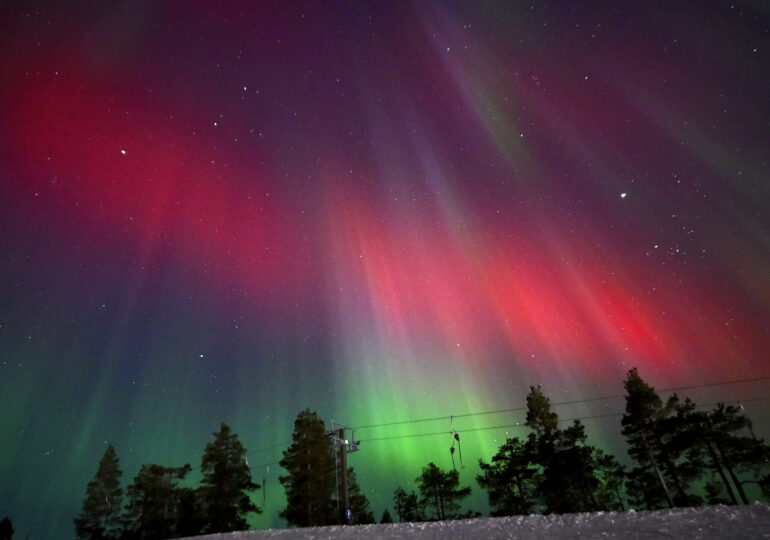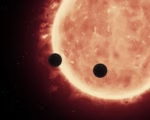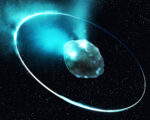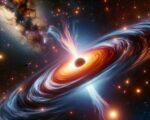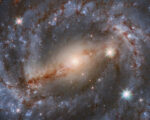Dyson Spheres and the Quest for Extraterrestrial Life: Potential Evidence Emerges
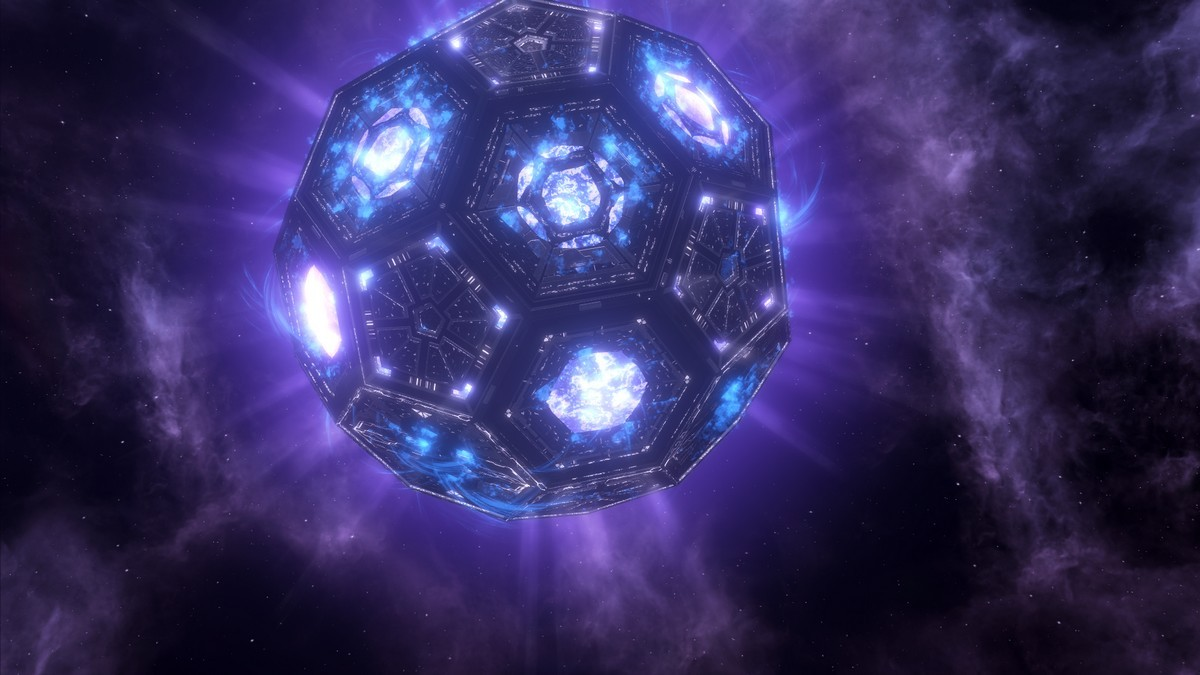
Freeman Dyson, a renowned British-American physicist, theorized that advanced civilizations might construct massive structures, known as Dyson spheres, to harness the full energy output of their parent stars. This concept, initially inspired by science fiction, suggests that these hypothetical megastructures would be detectable through the infrared radiation they emit as waste heat. While Dyson’s idea was speculative, it has driven decades of scientific inquiry into the search for extraterrestrial life.
Recent research has brought this concept back into the spotlight. A study published in the Monthly Notices of the Royal Astronomical Society identified seven stars in the Milky Way galaxy that exhibit unexplained infrared radiation, potentially indicating the presence of Dyson spheres. The research team, led by Matías Suazo from Uppsala University, analyzed data from millions of stars and found these seven candidates, which stand out due to their infrared glow.
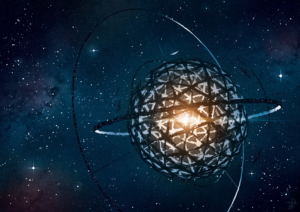
However, the scientists caution that these findings are far from conclusive. The infrared signatures could be explained by natural phenomena, such as planetary collisions or circumstellar debris disks, rather than artificial structures. Despite this, the possibility of Dyson spheres remains intriguing, warranting further investigation with advanced telescopes like NASA’s James Webb Space Telescope.
The study represents a significant step in the ongoing search for extraterrestrial intelligence, as it explores the limits of what we can detect and understand about potential alien civilizations. Even if the evidence doesn’t ultimately point to Dyson spheres, the research could lead to new discoveries in astronomy and deepen our understanding of the universe.



